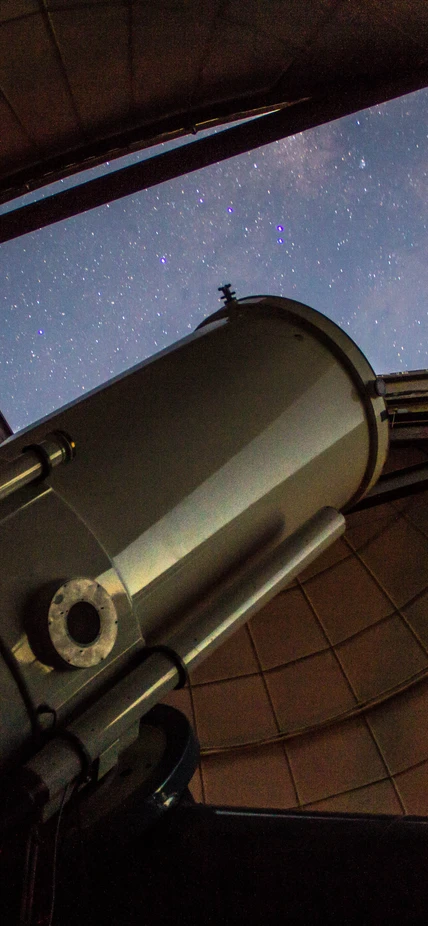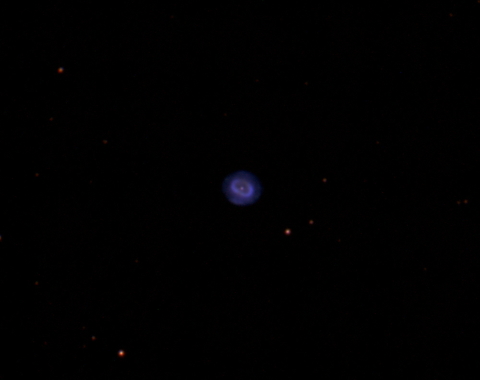Overview
In 1971, Carnegie put into operation the first telescope at its new observatory on Cerro Las Campanas in Chile. The Swope Telescope, a 1-meter (40-inch) reflector, is named after a former Carnegie astronomer, Henrietta Swope, a collaborator of Walter Baade and the author of several classic papers, whose generous gift made possible the construction of the telescope.
The Swope telescope was built by the Boller and Chivens Division of the Perkin-Elmer Corp. The optical characteristics are discussed in detail by Bowen and Vaughen (1973, Applied Optics, 12, 1430). The optical design is an f/7 Ritchey-Chrétien in which the radii of curvature of the primary and secondary are equal, thereby achieving a zero Petzval sum and a flat field. Astigmatism is eliminated with a Gascoigne corrector lens. This design achieves a well-corrected field about 3 degrees in diameter. However, to do this it was necessary to use a secondary one-half the diameter of the primary, thereby intercepting 25% of the incident light.
An f/13.5 secondary used for infrared imaging is also available through a top-end "flip".
Swope-enabled Science
An unusual stellar explosion is shining new light on the origins of a specific subgroup of Type Ia supernovae.
On August 17, a team of four Carnegie astronomers provided the first-ever glimpse of two neutron stars colliding, opening the door to a new era of astronomy.
There is a great deal of scientific interest in fast radio bursts, particularly in uncovering their origin.



